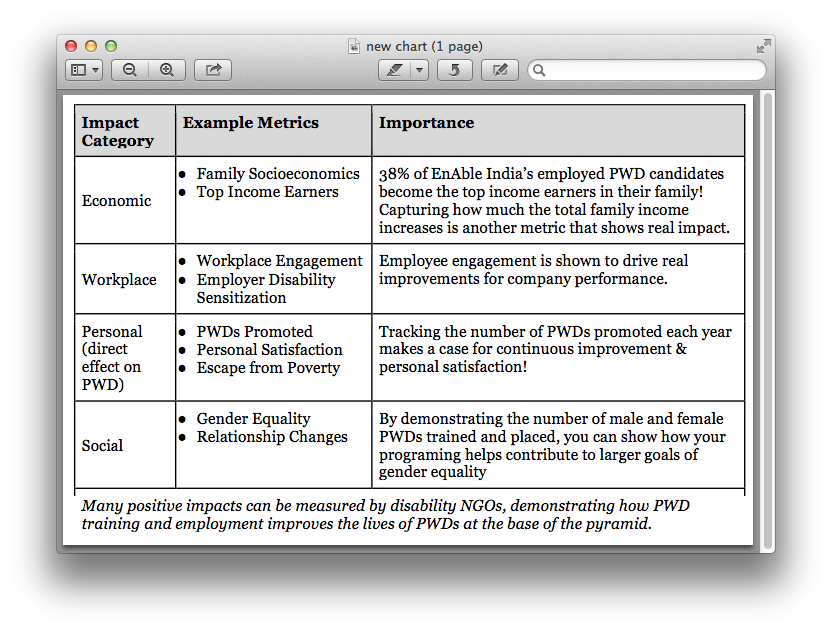The BoP Century?: The exciting (or scary) implications of demographics for global health and social enterprise (Bi-weekly Checkup, 7/20/13)
Check out the mind-blowing charts below.
They’re based on statistics from the United Nations Population Division, which tracks demographic data from around the world.
In response to new stats from sub-Saharan Africa, the UN has dramatically revised its projections for what the world’s population will look like by the end of the century. They predict astonishing growth in Africa and other developing countries, with stagnating growth just about everywhere else – including India and China. (The charts come from a fascinating recent article in the Washington Post – well worth a read.)


Now for the obligatory caveats – a lot can happen in 90 years. Population could be reduced (or decimated), either in specific regions or globally, by:
- Devastating disease outbreaks, from new threats or old ones
- Scarcity of food or water – or even oil, which may leave the world without reliable energy to fuel its economic growth and sustain its populations
- Wars caused by larger populations competing for these finite (or decreasing) resources
- Social and/or environmental tensions caused by global climate change, from war to drought and famine
- Catastrophic nuclear or biological terrorist attacks
- Alien invasions, zombies – OK, you get the point
The likelihood of each of these world-changing events is open to debate, and there are other, more cheerful possibilities – like population control initiatives or natural reductions in birthrates brought on by increased economic prosperity – that could change these projections dramatically.
But let’s imagine that none of that happens and these predicted growth trajectories actually come to pass. Here are a few possible implications for global health care and social enterprise:
- It’s all about Africa: by 2100, Nigeria is projected to have a population of almost 1 billion, in an area about the size of Texas. Tanzania’s population will be around 276 million – almost as big as the U.S. is today. Other sub-Saharan African countries will also experience spectacular growth. So the region’s importance as a focus of social business and health promotion will only grow.
- The BoP Century? With the population of BoP and other developing countries slated to far surpass that of the rest of the world, it will become even more important for businesses to figure out ways to market products and services there.
- New challenges and opportunities in health care: Alongside its population boom, average lifespan in Africa is projected to increase by 50 percent by the end of the century. If that happens, Africans’ lifespan will be around 77 years – close to the average in the U.S. today (but still far lower than the projected lifespan in the developed world). Non-communicable diseases are already a growing problem in developing countries. If the world’s shortest-lived popluations are living almost into their 80s, ailments like diabetes, cancer and heart disease may dwarf infectious diseases as the BoP’s biggest health issues. Global health organizations and entrepreneurs will need to be prepared.
But again, the variables matter. Will poor regions remain poor? Or will population growth be accompanied by a rising tide of economic expansion and better overall health? Will the impact of our current health challenges be reduced by technology and development? Or will today’s illnesses still plague us in 2100 – along with whatever new diseases Mother Nature has in store for us?
In any case, a few things are clear:
- First, it’s a good time to be involved in global health. Regardless of the specific diseases involved, there will be a growing need for global health interventions and professionals.
- Second, it’s a good time to be involved in social enterprise generally. The market is exploding and the need for social business will only increase.
- Third, technological innovation will become even more important than it is already. It’s very possible that some of the basic foundations of our society will no longer be with us by the turn of the century –chief among them, petroleum. What energy source will power the economic growth that will keep future generations fed, housed, and employed? What medicines and medical devices will keep our growing population healthy, and what businesses will serve their needs?
Are the world’s changing demographics a reason to celebrate or panic? Either way, it’s likely to be a wild ride.
Here are some posts you may have missed in our last two weeks of global health coverage:
Tanzania’s Mwanzo Bora: Promoting “good starts” in community agriculture and nutrition
Beyond the Clinic: A holistic approach to creating community health in Ecuador
Pledge Guarantee for Health: Using innovative financing to make aid work better, faster and smarter
- Categories
- Health Care, Social Enterprise
- Tags
- public health
